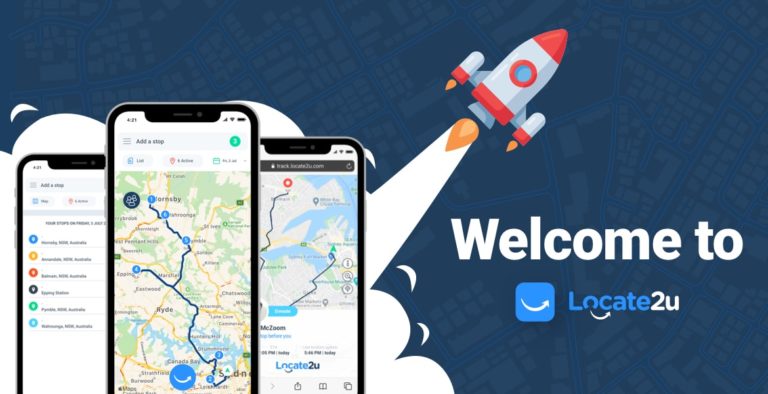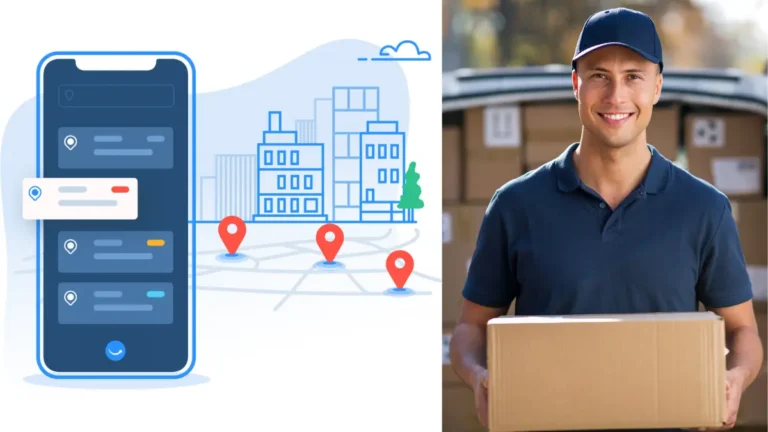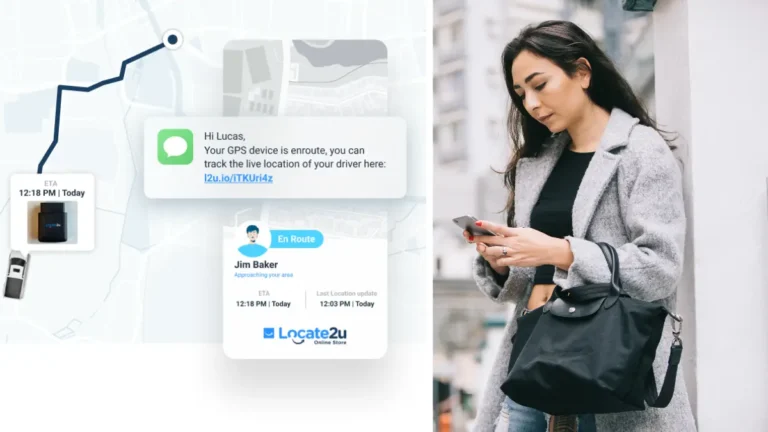Missed deliveries can seriously sink your reputation, frustrate customers, and drain your bottom line.
Whether you’re a delivery driver hustling to meet deadlines, a delivery fleet owner managing multiple drop-offs, or a restaurant putting out food orders, missed deliveries can cost you big time.
But I have some good news: You don’t have to accept missed deliveries as part of the job.
There are practical ways to slash them—and delivery management software is one of the ways your company can do this.
Let’s explore why missed deliveries happen, why they’re terrible for business, and, most importantly, how to fix them.
What is the problem with a missed delivery?
In my own logistics experience, missed deliveries were not just an inconvenience, but it would start a chain reaction that would disrupt my entire operation in a day.
Let’s take a look at the problems you may be encountering:
Unhappy customers: The food is cold, the package is late, and frustration builds. Customers lose trust, and in the current business environment, they won’t hesitate to leave a bad review.
Extra costs: Every re-delivery attempt means more fuel, more driver hours, and wasted time. It eats into your operating costs fast.
Operational chaos: Each missed delivery disrupts your schedule. Instead of sticking to your route, your team is doubling back, causing delays for other customers.
Lost business: If customers can’t count on you, they’ll find a competitor who delivers on time. Let this sink in – you have to get your delivery process right or your competition will eat you alive.
I’ve been there. Running a logistics company with time-sensitive cargo that had to make it onto ships. A single missed deadline meant a shipment missing the boat (literally). And trust me, the cost of failure was massive.

Why do my drivers experience a missed delivery?
Missed deliveries is not some random act that just happens.
When recipients are not home, parcels can be left in a ‘safe place’ as designated by the sender or recipient. This could be a specific area on the recipient’s property or a service hub if a secure location is unavailable.
They’re usually caused by one of these common issues. Let’s take a look.
1. Poor address accuracy
Ever had a driver spend 20 minutes trying to find a location? Incorrect or incomplete addresses lead to delays and failed drop-offs.
In my logistics days, inaccurate addresses meant cargo was late for loading onto ships. In your case, you may have a customer waiting for an urgent document that sees them miss a deadline of their own.
This customer won’t forget that mistake on your part for a while.
2. No one is home
Residential deliveries are tricky. If no one’s there to sign for a package or collect food, you’re stuck.
Using a collection point, such as a free and secure 24/7 Parcel Locker, allows you to manage deliveries more effectively by collecting parcels at any time and sharing collection authority.

3. Traffic and route problems
Bad routes and unexpected congestion cause major delays. These delays mean missed deliveries and bad service in the eyes of your customer.
Lack of real-time updates and tracking number
If customers don’t know when to expect their order, they’re more likely to be unavailable.
If a customer can track the path of a delivery, they will know exactly when your team will arrive.
I’m sure a customer who is impressed with on time delivery would hit you with a five star review.
Additionally, if someone else is collecting the parcel and has a different address from the recipient, specific authorization and suitable identification are required to complete the collection process.
4. Inefficient delivery scheduling
Overloading drivers with too many stops leads to rushed deliveries, mistakes, and failures. In my own experience, rushed drivers were also likely to damage cargo.
Imagine your restaurant’s delivery driver is in a rush while delivering a customer’s favorite meal, and slips on his way to the doorstep. Then only to throw the food upside down.
How to slash a missed delivery for good
If you’re ready to stop missing deliveries and start keeping customers happy, here’s what you need to do:
1. Use delivery management software
One of the biggest mistakes you can make is relying on manual processes to track deliveries.
- Real-time tracking: Know exactly where your drivers are at all times.
- Automated route planning: Smart routing helps avoid traffic and cuts down on late arrivals.
- Instant customer notifications: Customers get text or email updates about their delivery window.
- Proof of delivery: Drivers can capture electronic signatures or photos to confirm drop-offs.
Let me tell you, before we had tech in our logistics company, we spent hours tracking down missing deliveries.
Once we switched to software that automated routes and live-tracked deliveries, problems dropped dramatically. We also noticed our customers were not screaming at us anymore.

2. Make signatures, proof of delivery, and collection point mandatory
Ever had a customer claim they never received their package or food? It happens all the time. The easiest fix? Digital proof of delivery.
- Photo confirmation: A quick snapshot shows exactly where the package was left.
- Electronic signatures: No more disputes—there’s a clear record of who signed for what.
This simple step protects your business and keeps customers accountable.

Let’s recap: How to slash a missed delivery
As a logistics professional, many of us have experienced a missed delivery. You don’t want this to happen at all costs because it can cost your business dearly.
Here’s some takeaways to remember:
- Missed deliveries aren’t just a minor inconvenience, they’re a business killer.
- By using the right delivery management software can help you overcome this logistics stumbling block.
- Optimizing your routes and keeping customers informed will allow customers to enjoy the delivery experience.
- Ensuring proof of delivery helps you slash missed deliveries and keep customers coming back.
About the author
Sharl is a qualified journalist. He has over 10 years’ experience in the media industry, including positions as an editor of a magazine and Business Editor of a daily newspaper. Sharl also has experience in logistics specifically operations, where he worked with global food aid organisations distributing food into Africa. Sharl enjoys writing business stories and human interest pieces.











